"Resolving employment disputes can be challenging for both employers and employees. In the UK, one effective method to amicably settle disputes is through a settlement agreement. This legally binding contract can bring closure and offer clarity for both parties. Here’s a comprehensive guide on how to use a settlement agreement to resolve an employment dispute.
What is a settlement agreement?
A settlement agreement, formerly known as a compromise agreement, is a legally binding document between an employer and an employee. It outlines the terms under which an employment relationship will end, ensuring that both parties waive their rights to bring any future claims against each other. This type of agreement is commonly used to resolve disputes related to redundancy, dismissal, or workplace grievances.
Why use a settlement agreement?
Using a settlement agreement offers several benefits:
- Confidentiality: Settlement agreements typically include confidentiality clauses to protect the reputation of both parties.
- Certainty: Both parties know the terms and consequences of the agreement, reducing the risk of future litigation.
- Closure: A settlement agreement provides a clear end to the employment relationship, allowing both parties to move forward.
- Financial compensation: Employees often receive a financial settlement, which can be beneficial for them during their transition period to new employment.
Key components of a settlement agreement
To ensure a settlement agreement is legally sound and fair, there are a range of clauses that need to be included. Your HR consultant or legal advisor will be able to determine the full range suitable for your particular case, but generally the following should be included:
Settlement payment: The amount of money the employer will pay to the employee.
Notice period: Details on whether the employee will work through their notice period or receive payment in lieu.
Legal advice: Confirmation that the employee has received independent legal advice on the agreement.
Waiver of claims: A comprehensive list of claims the employee agrees not to pursue in the future.
Confidentiality clause: Terms specifying that the details of the agreement must remain confidential.
Non-disparagement clause: Agreement that neither party will make negative comments about the other.
Reference: The provision of a reference for the employee’s future job applications.
Steps to Implementing a Settlement Agreement
A settlement agreement should be raised as an option only when there is a current dispute between an employer and employee.
The dispute could be related to a redundancy process, under-performance, a grievance, or a conduct issue. This list isn’t exhaustive, but the point to note is that a settlement agreement cannot be tabled with an employee if there are no live conversations and processes in place regarding a dispute between the parties – it cannot simply be that someone no longer fits within the organisation and therefore a settlement is offered to exit. This would likely be deemed unlawful.
Need help with a settlement agreement? Book a call
Here are the key steps to follow in implementing a settlement agreement:
Identify the dispute: Clearly define the nature of the dispute. It could be related to redundancy, unfair dismissal, or workplace grievances. If you’re unsure whether a settlement agreement is appropriate, get support from an HR professional.
Propose the agreement: Either party can propose a settlement agreement, however, it’s often initiated by the employer. At this stage there should be no forcefulness involved from the employer to get agreement regarding a settlement; they should explain the benefits of a settlement, what the settlement would consist of and what the next steps would be if the employee wanted to consider this as an option.
Negotiate terms: If both parties agree that a settlement is the best course of action, they then engage in negotiations to agree on the terms of the settlement. The key point of negotiation is usually the settlement payment. Once this has been landed upon in principle, it’s time to get formal (see next step).
Seek legal advice: Employees must obtain independent legal advice from a relevant adviser for the agreement to be valid and it is standard practice for the employer to cover the cost of this, or a least a contribution towards it. Legal costs differ from one solicitor to another, but the general range is between £300 - £750 (+VAT) depending on the solicitor.
As well as a solicitor, an employee can also obtain advice from:
- Officers, officials, employees or members of an independent trade union, provided that they have been certified in writing by the union as competent and authorised to give advice.
- Employees or volunteer workers at advice centres giving free legal advice, provided that they have been certified in writing by the advice centre as competent and authorised to give advice.
- Fellows of the Chartered Institute of Legal Executives employed by solicitors' practices.
Draft the agreement: Once general terms are agreed upon, it’s time to draft the formal settlement agreement. The agreement can be drafted by an HR professional (either your in-house HR team, or an HR consultant can support this). Ensure the agreement includes all necessary components, is clear and unambiguous.
If you require help with a settlement agreement, our team of expert HR Consultants can draft a settlement agreement and help you navigate the settlement agreement process.
Sign the agreement: Both parties should sign the agreement after the employee has received legal advice.
Fulfil the terms: Ensure all terms, such as payment of settlement and issuance of a reference, are fulfilled as stipulated in the agreement, within the agreed timeframes.
The taxation of termination payments
It is common for people to think that all payments made under a settlement agree are automatically subject to a tax exemption of £30,000. However, not all elements payable under a settlement agreement are tax-free. In determining what tax is due, the key is to identify each element of the termination package and then consider the tax provisions applicable to the individual elements.
- Outstanding wages, bonuses, commission and holiday pay are fully taxable, being payments made under the employee's contract of employment.
- Ex gratia (non-contractual) sums paid as compensation for loss of employment under the terms of the settlement agreement are taxable, but subject to the £30,000 tax-free exemption. This includes statutory and contractual redundancy payments, provided that they are made on account of genuine redundancy.
- Where an employee receives a payment in lieu of notice, the payment is treated as earnings from employment and subject to income tax and national insurance contributions. Before 6 April 2018, a non-contractual payment was regarded as compensation for loss of employment arising from breach of contract, making it subject to the £30,000 tax-free exemption. From 6 April 2018, all payments in lieu of notice are treated as wages and subject to tax, including where there is no contractual entitlement to a payment in lieu of notice. The £30,000 tax-free exemption will apply to any part of the compensation payment that is not a payment in lieu of notice.
- From 6 April 2020, Class 1A national insurance contributions are payable by the employer on non-contractual payments above £30,000 paid as compensation for loss of employment under the terms of the settlement agreement.
- With the employee's legal costs, no tax charge will be imposed on a payment made directly from the employer to the employee's legal adviser as long as the payment is made pursuant to a specific term in the settlement agreement and the payment is in discharge of the legal adviser's costs incurred solely in connection with the termination of the employee's employment.
If in doubt, employers should seek specific advice on the tax treatment of the various payments being made under the terms of an agreement and should include a tax indemnity from the employee in the agreement. This will mean that the primary liability for any unpaid tax will rest with the employee, although the employer would need to enforce the indemnity.
Legal advisers acting for employees frequently request the removal of a tax indemnity clause, arguing that it is for the employer to take a view on the tax treatment of the payments at the time the agreement is entered into. This is a matter for negotiation and one on which an employer will take its own view.
Common pitfalls to avoid
Inadequate advice: It’s key that both parties receive the necessary expert advice to navigate the settlement process effectively. This should include HR advice for the employer to ensure they are compliant with employment legislation and also to draft a comprehensive agreement and to assist with fair negotiations. It’s crucial the employee receives comprehensive legal advice, which will include whether a settlement agreement is indeed required for the dispute at hand.
Unclear terms: Avoid ambiguity in the agreement terms to prevent future disputes. Once a settlement agreement has been signed, the last thing either party wants is the other coming back with further claims or disputes, so get everything agreed clearly, so everyone can draw a line and move on.
Unrealistic timelines: Set realistic timelines for fulfilling the terms of the agreement, particularly for the employee to determine if they are happy with the terms, with them obtaining a legal adviser, and with the processing of final payments. Sure, you may feel like these can be done quickly, but no one wants to breach the terms of the agreement, so be realistic about how long these things take, so everyone knows where they stand.
Ignoring tax implications: Consider the tax implications of the settlement payment, the last thing either party wants is a big tax bill landing once they think the matter has been concluded. If you need specialist tax advice, don’t scrimp on it!
Conclusion
A settlement agreement can be an effective tool for resolving employment disputes, offering a clear, mutually agreed-upon resolution that’s fair for both parties.
By understanding the components of an agreement and the process to instigating and agreeing a settlement, employers and employees can ensure they are informed of the part they should play in reaching an agreement fairly.
Doing this will help employers and employees to navigate the settlement process smoothly, avoiding prolonged conflict and fostering a more positive transition.
Need HR help?
If you're a employer considering a settlement agreement, our expert team at The HR Consultants can draft a settlement agreement, as well as support you to navigate the process efficiently, and cost effectively, so get in touch for an exploratory chat [email protected].













